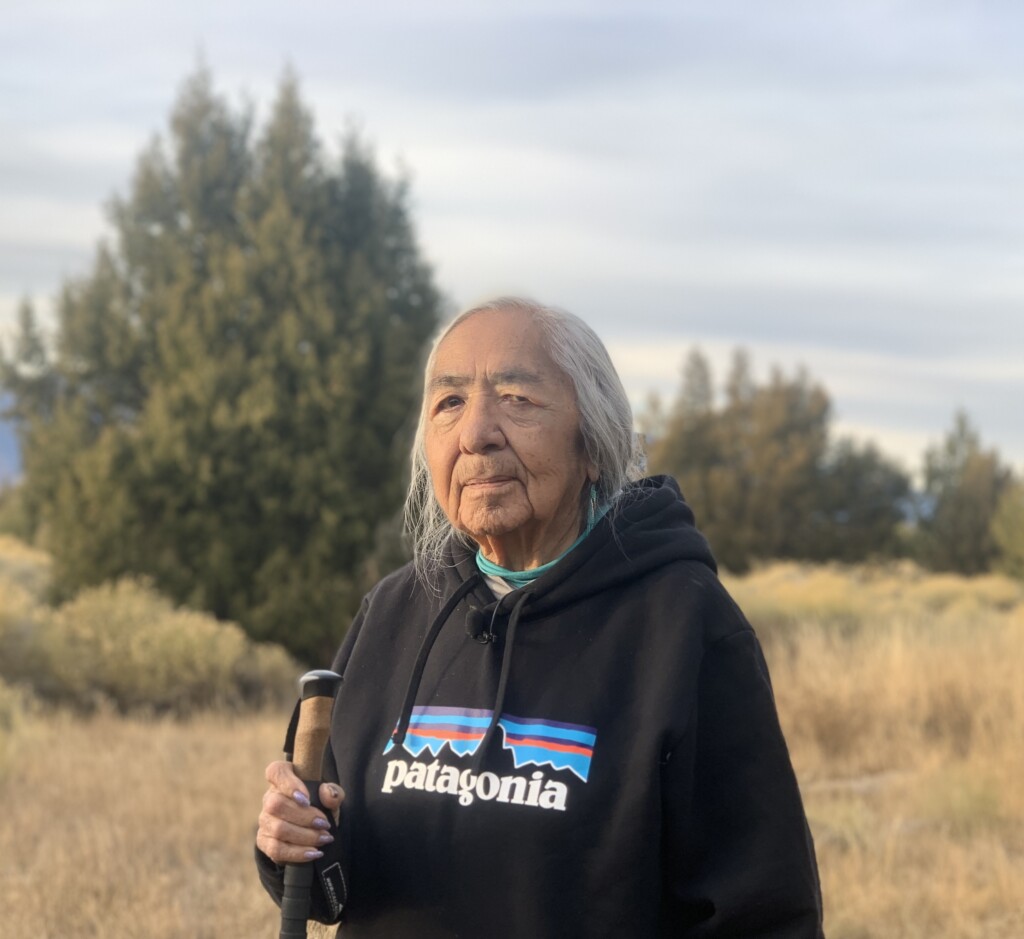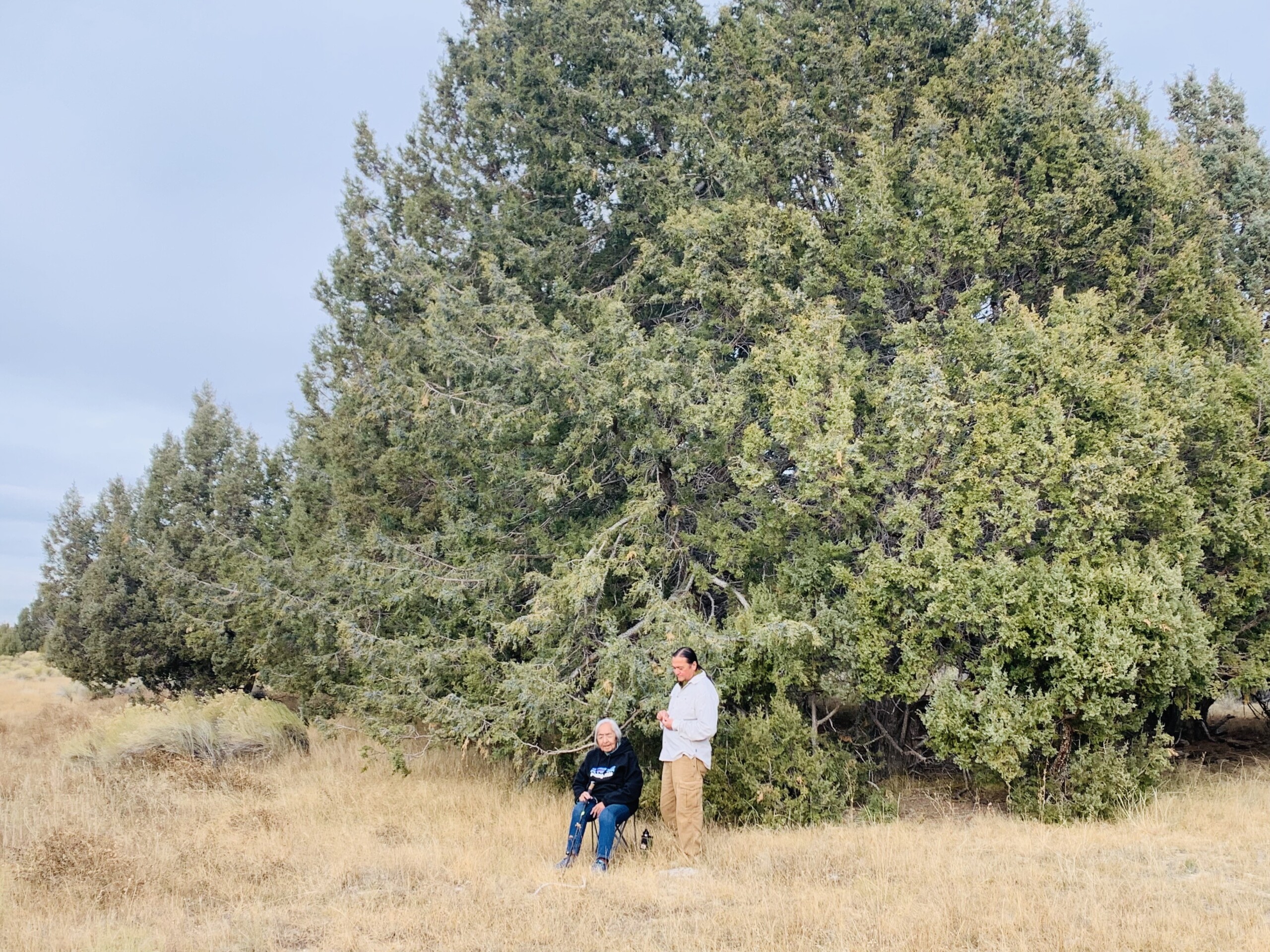Spring Valley, NV — Delaine and Rick Spilsbury have no vendettas — just a desire for recognition and reconciliation at Bahsahwahbee, a sacred gathering area and massacre site that’s hallowed ground for Western Shoshone and Goshute people.
As they have for decades, the Spilsburys are working alongside their fellow leaders and elders from three Tribal Nations to have the federal government recognize and immortalize Bahsahwahbee with a National Monument designation managed by the National Park Service.
The details of how the government manages the solemn ground is vital for native people. Last week, Nevada Senator Catherine Cortez Masto introduced legislation to help the tribes achieve their goal. While the language is not perfect, it is an important milestone and significant step forward.
Senator Cortez Masto’s bill serves as a “marker” — or a means of checking a box in the Congress — for the Biden-Harris Administration to enact the monument via a proclamation pursuant to the Antiquities Act of 1906. Early in the tenure of the Biden-Harris Administration, officials put out calls for tribal-led proposals for monument designations. The unwritten rules of that process require a bill introduction for meaningful consideration by the White House for a National Monument.
New land management designations in the United States are not easy to achieve. And for tribal nations, that quest is even more difficult when dealing with government and private interests. But with Deb Haaland, the first-ever indigenous person leading the Department of Interior, the tribes believe that now is the best chance to enact a monument with a proclamation signed by the President rather than waiting for an unproductive congress.
Now the tribes will work with the White House and others on the particulars of the 25,000-acre monument proposal. While the tribes are so close, there are interests opposed to the tribes’ proposal. Those forces object to the National Park Service managing acreage now under the Bureau of Land Management’s purview.
Nevertheless, the tribes persist in the 160-year effort to have the federal government show them the respect they deserve at Bahsahwahbee.

Bahsahwahbee is a site like Arlington National Cemetery, Ground Zero in Manhattan, and the Vatican or Mecca all in one place.
There’s really no comparison for non-native people in this country.
Just as it was for Delaine and Rick, the grandparents and parents of native people in the region passed down stories about the horrific murders and other history that took place at Bahsahwahbee during and prior to Western expansion. They connected with the spirits of their ancestors in the “Swamp Cedars” growing on the valley floor. They learned that their people had a proud heritage before settlers arrived.
The concerted effort by the Confederated Tribes of the Goshute Reservation, Duckwater Shoshone and Ely Shoshone highlights the essential need to memorialize their indigenous Newe ancestors and educate the public about the history of colonization.
Relative to other monuments recently designated in honor of Indigenous history, the tribes are asking for a relatively small amount of land to commemorate. It is a half of one percent of the size compared to the 506,814 acres at Avi Kwa Ame and an even smaller fraction compared to the 1.3 million acres for Bears Ears.
For years, the tribes have prioritized limiting conflict with local officials and rights holders. Future management will be subject to all valid and existing rights for grazing, mining, and energy. This is all possible with the Park Service managing the monument.
The language in the Cortez Masto bill is agnostic on the matter, giving the Secretary of the Interior the ability to make the decision about agency management. Considering that the monument will likely go the route of the proclamation, the White House will decide if it wants to meet the tribes’ request for the Park Service.
The germination of this proposal started many years ago, when tribal leaders began publicly telling their stories of massacre, erasure, and land-theft in Spring Valley. At the time, the BLM and Southern Nevada Water Authority pushed the Vegas pipeline proposal that would have annihilated Bahsahwahbee. After years of litigation, that effort did not come to fruition, providing the current opportunity to finally venerate and celebrate the resilience of the people who’ve been in the Great Basin for millennia.

Americans support designating sacred spaces.
A poll from last year highlighted that three-quarters of likely Nevada voters support the monument proposal from the tribes. Numerous other surreys nationwide show that the American people support federal efforts to uplift the cultural and spiritual landscapes of underrepresented communities.
Delaine, who turns 87 in September, is waiting for this monument, which would be one way of reconciling the past wrongs. The federal government led two of the massacres at Bahsahwahbee in the latter half of the 19th century. Delaine’s grandmother survived the third massacre that was commandeered by a band of vigilantes in 1897. She was one of two people who lived to tell the details.
Delaine, a long-serving GBWN board member, hopes that she can celebrate the commemoration with her son Rick and tribal leaders. But the forthcoming months matter.
“I don’t know how much time I have left.”
We never do, Delaine. But we do know that the time is now for Bahsahwahbee.
Please sign the tribes’ petition to support the enactment of the Bahsahwahbee National Monument.

